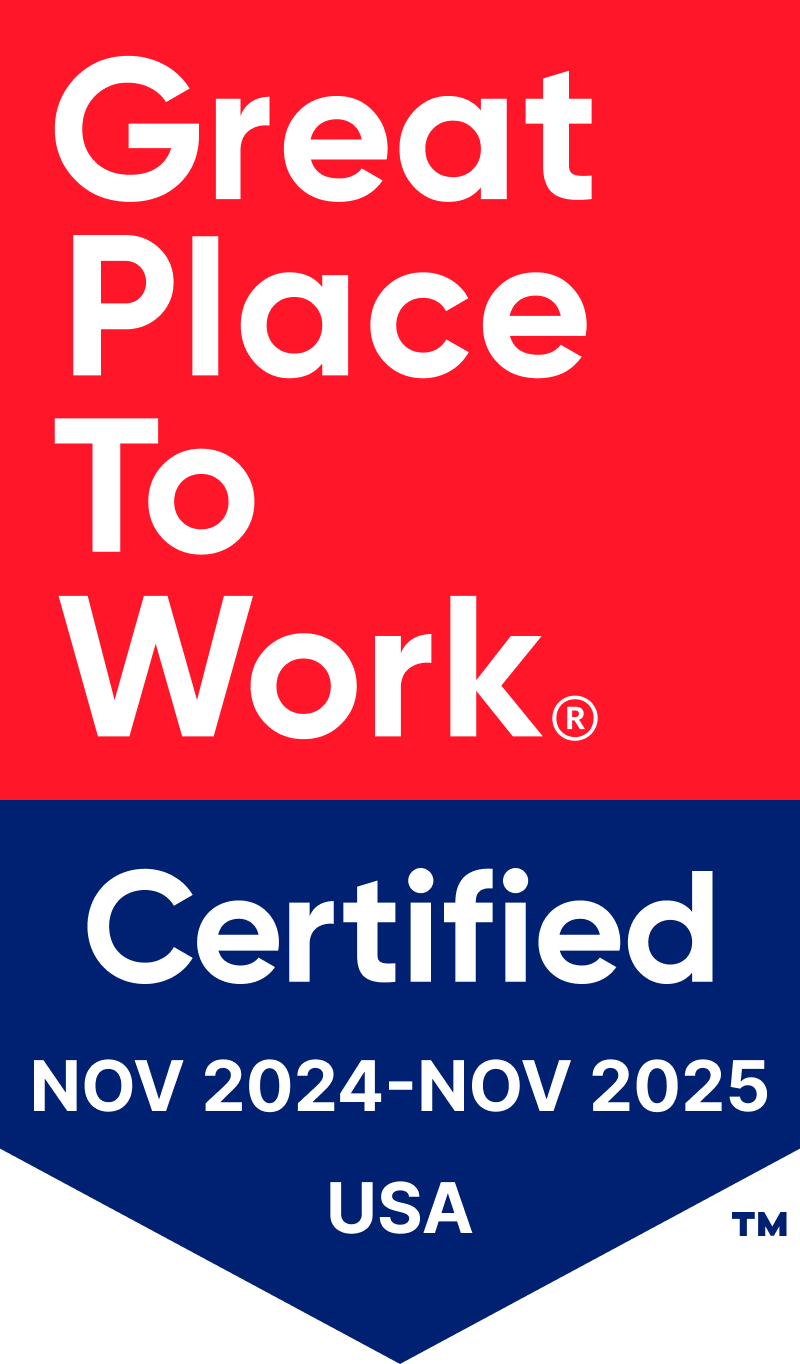The pandemic has been a challenging time for shopping centers, and even as vaccination rates climb and shoppers return to old habits, retailers are finding that many of their shopping preferences have permanently shifted. As the new year approaches, retailers need to think about what their expansion plans will look like and how their stores can best serve customers.
“I think what’s going to be interesting is, how do we rebound in 2022?” said Ward Kampf, President of Northwood Retail in an interview with Retail TouchPoints. “What’s going to normalize? People have been able to travel overseas and to Europe, so what are they looking for? What is the supply chain going to look like?”
Kampf and Northwood Retail, which operates shopping centers including Domain NORTHSIDE in Austin, Texas and Freshfields Village in Kiawah, S.C., believe open air shopping centers with the right mix of retailers are more important than ever before. The rise of buy online, pick up in-store (BOPIS) and the lingering demand for more open spaces have made centers offering plenty of fresh air, easy access between parking facilities, and stores and amenities that go beyond just retail, all very attractive to consumers.
Open Air Shopping Centers Enable Easy Omnichannel Services
One thing that’s unlikely to change in 2022 is the importance of omnichannel offerings. Shoppers are now used to placing orders and picking them up at their own convenience, and this habit is unlikely to change even post-pandemic. That means open air shopping centers have become even more attractive due to how they can make curbside and BOPIS fulfillment easier to handle.
“We’ve created spaces where the retailer can get a text and the customer can pick it up,” said Kampf. “I think what’s really, really important to understand is open air gives the retailer such a huge advantage in the digital space. Whether it’s BOPIS or curbside, the employee can run it out to the customer easily. In a mall it’s really, really hard for an associate to run something out to a car, or for someone to park and pick something up. I think people just feel more at home outside.”
The omnichannel connection is particularly important for the 31 digitally native brands with stores at Northwood’s shopping centers. These retailers often have little experience with brick-and-mortar operations, and Northwood helps them find their feet. Additionally, open air shopping centers provide another staging ground for last mile and BOPIS operations, in addition to traditional in-store shopping.
“I think what you’re seeing is the trend around retail being the microfulfillment center in a two- or three-mile radius of customers,” said Kampf. “We saw this firsthand in Dallas, where retailers from nationals down to locals are fulfilling from their store, and I think that fits the way people are using physical retail. Retailers are realizing that shipping costs are very high and that it’s much more profitable to pick up in-store — and a lot of people still really like to shop while they’re there.”
A Variety of Brands in One Location Create a Better Experience
Opening stores at shopping centers that contain the right neighbors also is an important consideration, particularly for consumers who want to minimize their total number of shopping trips. Kampf noted that shopping centers can be almost any size as long as they have the right tenants, whether it’s a smaller space anchored by a specialty grocer or a larger center where multiple national and local brands exist side-by-side.
One example is Northwood’s Prestonwood Place in Addison, Texas, just outside of Dallas. The shopping center includes a hip, tech-first retailer in Warby Parker; a national restaurant brand in Shake Shack; and a fast casual favorite in Flower Child, among other tenants. The combination of relevant retail and varied dining options means the space has something for a wide range of shoppers, and the center’s location makes it attractive to retailers looking to enter a hot market.
“Retailers can see what the ‘it’ markets are, whether it’s Dallas, Austin, San Diego, Charlotte, Raleigh or Nashville,” said Kampf. “I think having the right content really defines if you can find the right retailers, which [in turn is] going to define the value of your real estate.”
Look for High Job Growth to Determine ‘It’ Cities
The trick to figuring out where these up-and-coming areas are is understanding where a retailer can tap into a large audience, but in a market without inflated real estate prices. Well-established and popular markets are costly for a reason, but both retailers and developers can benefit from keeping an eye on what’s up-and-coming as they look toward the coming year.
“Our mindset is that we are always looking for what’s next,” said Kampf. “One thing we really try to define is the ‘it’ cities where there’s high interest and job growth. These are the cities that are becoming really dynamic, and I think that’s where the world is going. People have always thought of New York, Los Angeles and San Francisco as these gateway cities, but I think it’s changing a lot right now.”
Companies also should look at local demographics to determine whether they would be a good fit. Different age groups are looking for different kinds of retail — and different services from those retailers — so understanding where your offering fits can help retailers pick the right location to optimize future success both online and in-store.
“If it’s an older demographic, it’s about wellness, leisure and travel,” said Kampf. “For the younger demographic, it’s about lifestyle, travel and technology. We think a lot about what retail has become today. It’s much less about fashion and clothes and much more about technology and just everyday practicality. A lot of things happen through your phone, so how do you create places for people to interact?”

